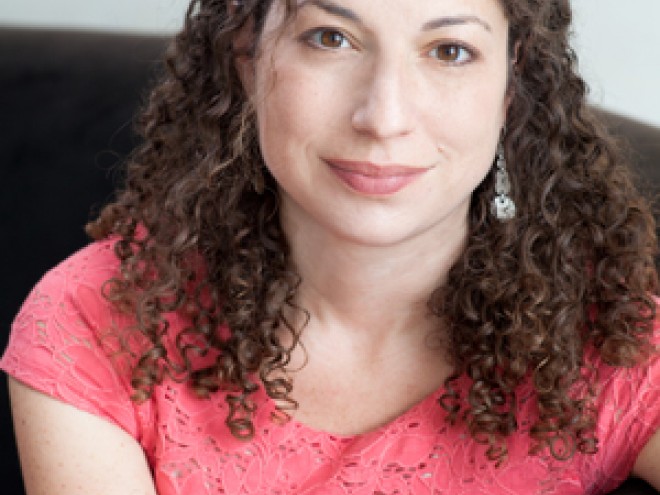Earlier this week, Tova Mirvis wrote about how both novelists and voyeurs watch other people, trying to uncover the hidden parts of their lives. Her newest novel, Visible City, will be published by Houghton Mifflin Harcourt on March 18th. She will be blogging here all week for Jewish Book Council and MyJewishLearning.
 I started writing Visible City in the weeks after moving from the Upper West Side of Manhattan to the suburbs of Boston. More than anything, I missed walking in the city, down Broadway, up Columbus, where there was always the chance of something interesting happening.
I started writing Visible City in the weeks after moving from the Upper West Side of Manhattan to the suburbs of Boston. More than anything, I missed walking in the city, down Broadway, up Columbus, where there was always the chance of something interesting happening.
In the suburbs, I felt a kind of sensory deprivation. I still walked, to the library a few blocks away, to the town center that was half a mile from my house, but there was little to look at, no one I might pass: just houses, just cars.
On every visit I made back to New York, I felt my eyes regaining a wider stance. I was like a tourist, always looking up. Once I started writing about the city, my homesickness eased. When I wrote, I could still be on my beloved streets, still walking as I always had.
But as home as I felt, there was no denying the fact that the city I was writing about was changing – new buildings were going up, stores were changing, the people I knew moving away. The city I was writing about was my particular version of a place that comes in millions of versions. Each city dweller occupies a different place. We all navigate our own internal maps. In addition to the sights we see around us, there are parts of the city that exist in our memories: those old buildings that once stood, torn down to make way for something new. The people who occupied our apartments before us, leaving behind tiny traces.
And there are also parts of the city buried out of sight. As I wrote Visible City, I became fascinated with the idea of yet another version of the city that lay below, the old “ghost” subway stations which are no longer in use but still intact. The stacks beneath the New York Public Library, what used to be the water system of the Croton Aqueduct. The labyrinths beneath Grand Central. The steam pipes and atomic tunnels beneath Columbia University. The unused Amtrak tunnels under Riverside Park.
As a novelist, the metaphors were inescapable: what parts of ourselves are buried too? Can those closed-off parts ever come above ground, become visible?
There seemed to me too to be something very Jewish about the notion that the past remains a part of who we are, and in this case, physically so. As I wrote, I thought often about the different archaeological sites I’d visited in Israel, the excavations underneath Jerusalem’s Old City or in the town of Bet Sha’an. Here was the Manhattan version of these ancient sites. Even in a place so bustling, so modern, the physical remnants of the past were close by.
I researched urban explorers who snuck into thse sealed off spaces. I visited City Hall Station – which is fleetingly visible if you stay on the 6 train after the last stop and is accessible by MTA tours a few times a year. Each time I went back to New York, I rode the 6 train, staying on for this glimpse of the grand stairway, the red and green tiles.

What is the allure of gaining entrance to these closed off spaces? What are these urban explorers in search of? A place, amid the crowds and congestion, that we can think of as being all our own. A view we share with no one. A feeling that we alone have discovered something new.
Tova Mirvis is the author of three novels, Visible City, The Outside World and The Ladies Auxiliary, which was a national bestseller. Her essays have appeared in various anthologies and newspapers including The New York Times, The Boston Globe Magazine, and Poets and Writers, and her fiction has been broadcast on National Public Radio. She lives in Newton, MA with her three children. Visit her website here.
Related Content:
Tova Mirvis is the author of the memoir The Book of Separation as well as four novels, We Would Never, Visible City, The Outside World, and The Ladies Auxiliary, which was a national bestseller. Her essays have appeared in various newspapers including The New York Times Book Review, The Boston Globe Magazine, and Poets and Writers, and her fiction has been broadcast on NPR. She lives in Newton, Massachusetts, with her family. You can connect with her on her website, TovaMirvis.com.



